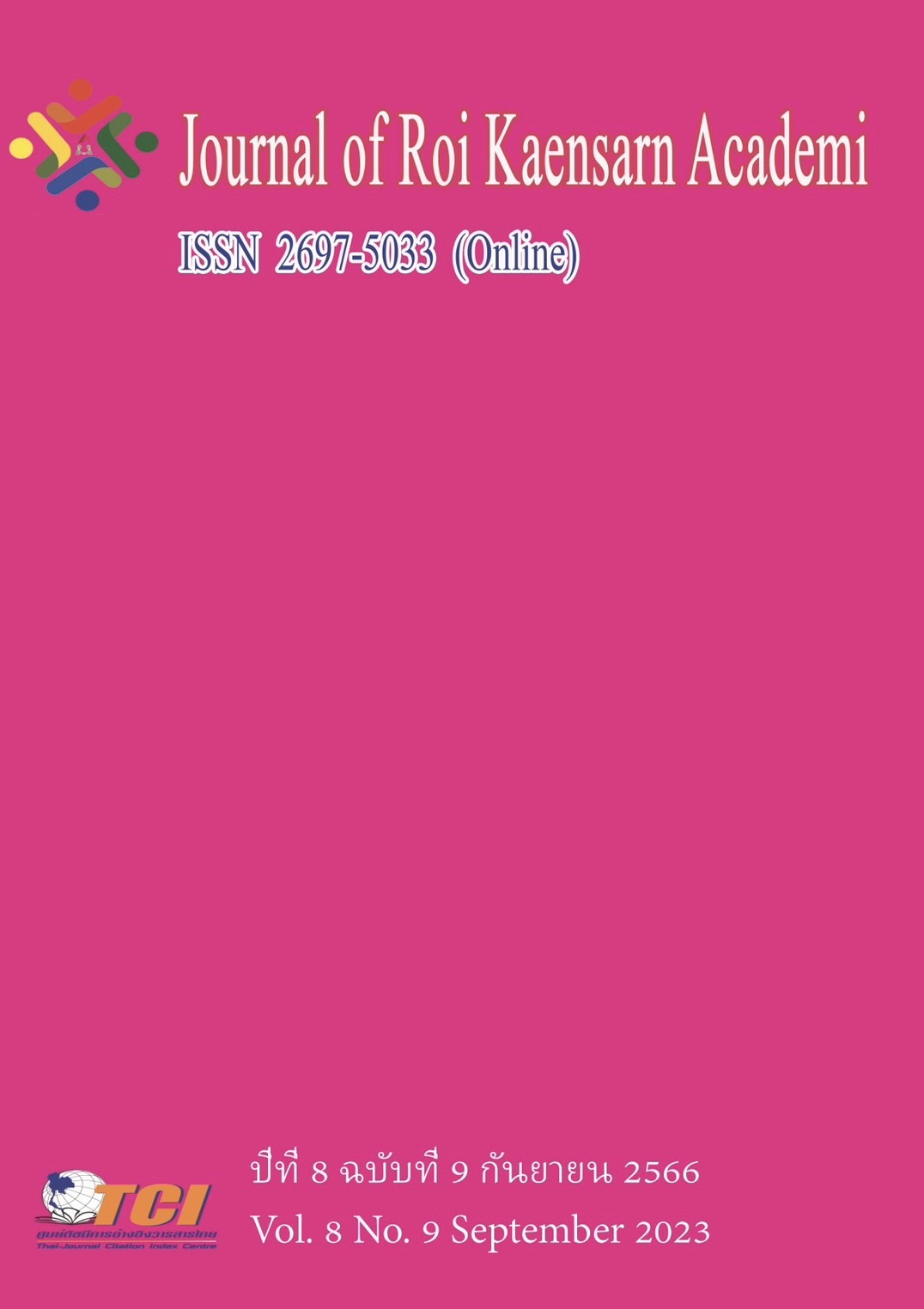Research on the training of international talent training for undergraduate graduates of Thai universities
Main Article Content
บทคัดย่อ
With the continuous deepening of economic globalization, whether it is the expansion of multinational enterprises or the international development of enterprises, they are eager to join the excellent international science and engineering talents. This study uses the theory of virtual human resources management, analyzes the current status of the international talent training model of undergraduate majors in science and engineering, and studies how universities choose professional education activities based on international human resources, so as to form high -efficiency, flexible and characteristic science and engineering Undergraduate professional international talent training model.
First of all, the main body of the international talent training model of science and engineering undergraduate majors, and the choice of undergraduate students of science and engineering. The construction of the international talent training model of undergraduate majors in science and engineering must not only meet the strategic development needs of the school, but also meet the students' international development needs. The Academy of Science and Technology is the designer and executive of the training model. The undergraduate students of science and engineering are demanders and recipients. On the basis of analyzing international human resources, the international talent training model based on international human resources investigates the choice tendency of the Thai Academy of Science and Technology and the willingness to choose from undergraduate majors in science and engineering. Studies have found that there are significant differences in understanding of international human resources undergraduate students based on international human resources undergraduate students and undergraduate students of the University of Science and Technology of Science and Technology in Thailand.
Secondly, the impact of social background in the selection of international talent training models of science and engineering, and the role that educational behavior can play in it. Through this article, research helps to further analyze the development needs of students in Thai University of Science and Technology. Studies have found that whether it is difficult to change the social background and educational behavior implemented by universities, it has a significant impact on the choice of students' undergraduate students. As a result, this thesis concluded that the disconnection of international strategy and talent training has led to the value of the international talent training model of the undergraduate majors of science and engineering in Thailand. There will be differences in the willingness to choose, but it can have a positive impact through educational behavior.
Finally, a selection mechanism for the international talent training model of science and engineering undergraduates. This mechanism refers to the value and unique theoretical framework proposed by the theory of virtual human resource management, and combines the characteristics of the training of international talent training of universities in Thailand. The purpose is to improve the core competitiveness of university talent training and enhance the competitive advantage of university organizations. Through educational behavior, Thai universities transform international strategies into students 'international development needs, and consider the differences in differences caused by different social backgrounds, and then realize the consistency of students' value perception. The core function and the characteristics of the school's professional education determine the use of international human resources, and actively adapt to the new changes of information technology, take into account costs and benefits. Professional international talent training model. This selection mechanism is also applicable to the selection of international human resources use in different implementation links of the international talent training model of science and engineering undergraduate majors.
Article Details
เอกสารอ้างอิง
Liu, X. (2015). An Analysis of the Elements of Cross-Cultural Communicative Competence. Cultural and Educational Data, 25, 178-179.
Lusting, M., & Koester, J. (1996). Intercultural Competence: Intercultural Communication across Cultures. New York: Harper Collins College Publishers.
Samovar, L. A., Porter, R. E., & McDaniel, E. R. (2010). Communication between Cultures (7th ed., p. 2). Boston: Wasworth.
Spitzberg, B. H. (2000). A Model of Intercultural Communication Competence. In Intercultural Communication: A Reader. Belmont: Wadsworth Publishing Company.
Wiseman, R. L. (2003). Intercultural Communication Competence. In W. B. Gudykunst (Ed.), Cross-Cultural and Intercultural Communication. London: Sage Publications.
Yang, Y. (2014). Research on the Constitution and Model of Cross-Cultural Communicative Competence. Journal of Tianjin Foreign Studies University, 4, 50-58.

